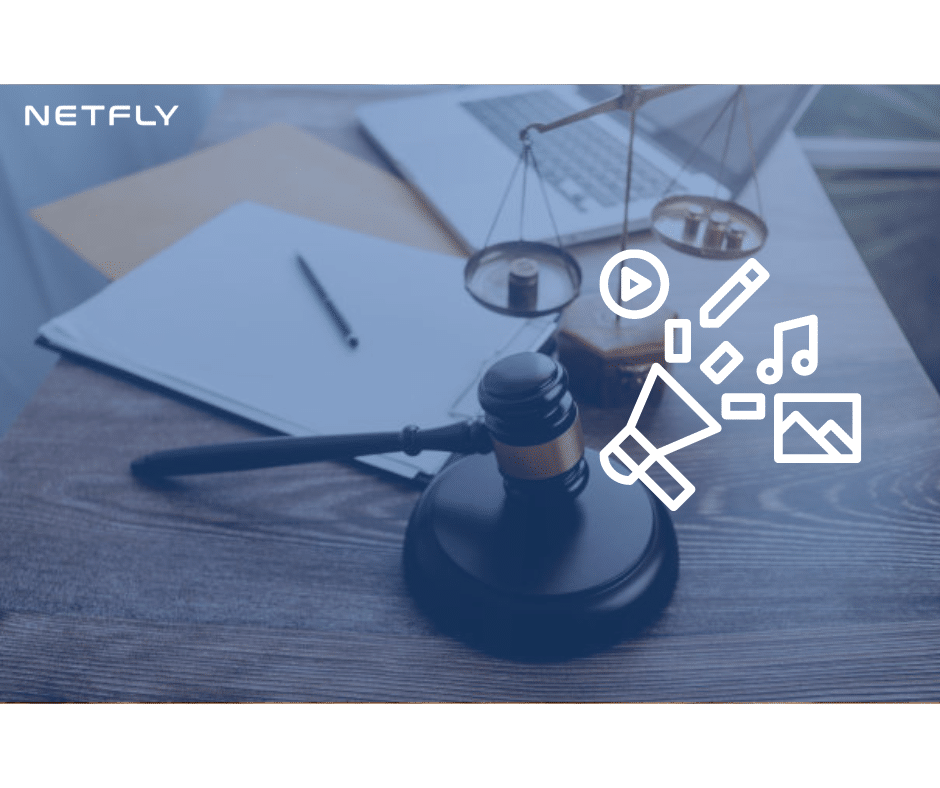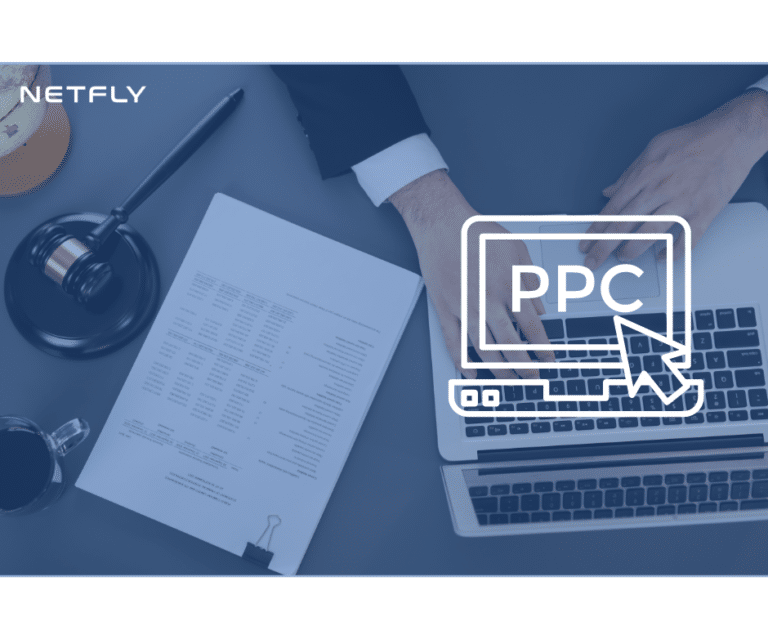For injury law firms aiming to boost their online presence, mastering SEO is essential. Effective strategies start with thorough keyword research to identify high-volume, relevant terms. Optimizing on-page elements like meta descriptions and title tags can greatly enhance visibility. Quality content that resonates with potential clients plays a pivotal role, but that’s just the beginning. Local SEO tactics and high-quality backlinks further solidify a strong digital footprint. Ensuring a seamless user experience and keeping a close eye on analytics are also critical steps. So, how can these elements work together to transform an injury law firm’s content marketing approach?
Key Takeaways
- Conduct keyword research using tools like Google Keyword Planner to identify high-volume, service-related keywords.
- Optimize on-page elements such as meta descriptions, title tags, and internal links for better search visibility.
- Consistently create and distribute quality content, including client testimonials, to build trust and engagement.
- Focus on local SEO by optimizing Google My Business profile and using city-specific keywords.
- Implement link-building strategies like guest posting and personalized outreach for acquiring high-authority backlinks.
Keyword Research
Conducting thorough keyword research is essential for injury law firms to rank higher in search engine results and attract potential clients. By identifying the right keywords, firms can optimize their content to match what prospective clients are searching for. The process involves analyzing search volume and keyword intent to make sure the terms selected are both popular and relevant to the services offered.
First, injury law firms should focus on high search volume keywords. These are terms that many people are searching for, which means they have the potential to drive significant traffic. Tools like Google Keyword Planner and SEMrush can provide valuable data on how often specific terms are searched. For instance, keywords like ‘personal injury lawyer’ or ‘car accident attorney’ typically have high search volumes and are directly related to the firm’s services.
Next, understanding keyword intent is important. Keyword intent identifies what the searcher is looking to accomplish with their query. For injury law firms, this means distinguishing between informational, navigational, and transactional intents. Informational keywords may include ‘what to do after a car accident,’ while transactional keywords might be ‘hire a personal injury lawyer.‘ By targeting keywords with clear intent, firms can create content that aligns with the searcher’s needs, thereby increasing the likelihood of conversion.
On-Page Optimization
After identifying the right keywords, injury law firms need to prioritize on-page optimization to guarantee their content ranks well and meets search engine criteria. Effective on-page optimization starts with crafting compelling meta descriptions. These brief snippets should incorporate target keywords and provide a clear summary of the page content, as meta descriptions are essential for click-through rates. Research shows that pages with well-written meta descriptions can see up to a 5.8% increase in click-through rates.
Another essential element of on-page optimization is internal linking. By strategically placing internal links within the content, law firms can enhance user experience and improve website navigation. Internal linking helps distribute page authority and rank power throughout the site, which can lead to higher search engine rankings for various pages. Studies indicate that a well-structured internal linking strategy can boost page views by up to 40%.
Title tags are another critical component. They should be concise, include primary keywords, and accurately reflect the page content. A well-optimized title tag can improve search visibility and attract more organic traffic. Research suggests that title tags with keywords placed at the beginning tend to perform better in search engine results pages (SERPs).
Additionally, utilizing header tags (H1, H2, H3) appropriately can improve content structure and readability, both of which are important ranking factors. Including relevant keywords in header tags enhances the content’s relevance and helps search engines understand the main topics covered on the page.
Quality Content Creation
Producing high-quality content is essential for injury law firms aiming to establish authority and drive organic traffic to their websites. High-quality content not only enhances SEO performance but also builds trust with potential clients. By strategically focusing on client testimonials and effective content distribution, law firms can greatly enhance their online presence.
Client testimonials are invaluable assets for content creation. Testimonials provide social proof and enhance credibility, which can influence potential clients’ decision-making processes. Firms should prominently feature these testimonials on their websites and incorporate them into blog posts and case studies. According to a recent survey, 88% of consumers trust online reviews as much as personal recommendations, making client testimonials a powerful tool for attracting new clients.
Content distribution is another important component of an injury law firm’s content strategy. High-quality content must reach the right audience to be effective. Leveraging multiple channels such as social media, email newsletters, and legal forums can maximize content reach and engagement. For instance, sharing blog posts on LinkedIn and Facebook can drive traffic back to the firm’s website and improve search engine rankings. Email newsletters also serve as a direct line to potential clients, keeping them informed and engaged with the firm’s expertise.
Moreover, strategic content distribution helps in earning backlinks from reputable websites, which is vital for improving domain authority. According to Moz, websites with higher domain authority tend to rank better on search engine results pages. Consistently producing and distributing quality content allows injury law firms to establish themselves as thought leaders in their field, ultimately driving more organic traffic and converting visitors into clients.
Local SEO Tactics
Local SEO tactics are vital for injury law firms aiming to capture and convert nearby clients, leveraging location-based keywords and optimization strategies. To start, optimizing a Google My Business (GMB) profile is a critical step. Law firms should make sure that their GMB profile is complete with accurate business information, high-quality images, and client reviews. This not only improves visibility on Google Maps but also enhances credibility with potential clients.
Data shows that 46% of all Google searches have local intent, making it important for injury law firms to target local keywords. Incorporating city-specific and service-specific keywords into the website’s content, meta descriptions, and headers can greatly improve local search rankings. For example, using phrases like ‘personal injury lawyer in [City]’ or ‘accident attorney near [City]’ can help attract more localized traffic.
Local citations also play a crucial role in local SEO. Consistent and accurate listings across various online directories, such as Yelp, Yellow Pages, and legal-specific directories like Avvo, contribute to higher local search rankings. It’s vital to keep NAP (Name, Address, Phone number) information uniform across all platforms to avoid confusion and penalties from search engines.
Additionally, creating locally-focused blog content can drive local engagement. Writing about community events, local laws, or case studies from the area can resonate well with the target audience. This localized content strategy not only boosts SEO but also positions the firm as an expert within the community.
Link Building Strategies
Effective link building strategies are crucial for injury law firms to enhance their domain authority and boost search engine rankings. A robust link building campaign not only drives organic traffic but also positions the firm as a credible authority in the legal domain.
One of the most effective techniques is guest posting. By contributing high-quality articles to reputable legal blogs and websites, injury law firms can acquire valuable backlinks. These backlinks signal to search engines that the firm’s website is a trusted source of information. It is vital to make sure that guest posts are relevant, informative, and include contextual links back to the firm’s site. According to a study by Moz, websites that actively engage in guest posting see an average increase of 30% in their search engine rankings.
Outreach campaigns are another powerful strategy. By actively reaching out to bloggers, influencers, and industry experts, law firms can secure backlinks from high-authority sites. Personalization is key in outreach campaigns. Tailored emails that highlight mutual benefits and provide value to the recipient are more likely to succeed. Data from HubSpot reveals that personalized outreach emails have a 29% higher response rate compared to generic ones.
Additionally, injury law firms should leverage their existing relationships. Collaboration with local businesses, sponsorship of community events, and partnerships with medical professionals can result in high-quality backlinks. These local backlinks not only enhance domain authority but also improve the firm’s local SEO performance.
User Experience
While obtaining high-quality backlinks is essential, optimizing user experience (UX) on an injury law firm’s website is equally important for retaining visitors and improving search engine rankings. A well-structured website with intuitive website navigation can greatly enhance UX, making it easier for potential clients to find the information they need quickly and efficiently. Research indicates that 88% of online consumers are less likely to return to a site after a bad experience, underscoring the importance of a seamless navigation system.
Mobile responsiveness is another critical factor in UX optimization. As more users access websites via mobile devices, Google has prioritized mobile-first indexing. Injury law firms must make sure their websites are fully responsive, adapting seamlessly to various screen sizes. Data shows that 57% of users won’t recommend a business with a poorly designed mobile site. As such, a mobile-friendly website is not only important for user satisfaction but also for maintaining strong search engine rankings.
Page load speed is another essential component of UX. Studies reveal that 53% of mobile users abandon sites that take longer than three seconds to load. Optimizing images, utilizing browser caching, and minimizing JavaScript can help improve load times and keep visitors engaged.
Additionally, integrating clear calls to action (CTAs) can greatly enhance UX by guiding users towards desired actions, such as filling out a contact form or scheduling a consultation. Well-placed CTAs contribute to higher conversion rates, directly impacting a firm’s bottom line.
Analytics and Monitoring
Utilizing analytics and monitoring tools is crucial for injury law firms to track website performance, identify areas for improvement, and refine their SEO strategies. Effective traffic analysis and performance tracking enable firms to make data-driven decisions that optimize their online presence and attract potential clients.
Traffic analysis provides critical insights into how visitors interact with a website. Tools like Google Analytics allow injury law firms to examine metrics such as page views, session duration, and bounce rates. By analyzing these data points, firms can identify which content resonates most with their audience and which pages may require optimization. For instance, if a high bounce rate is detected on a particular landing page, firms can revise the content to better engage visitors, thereby enhancing user experience and potentially improving search engine rankings.
Performance tracking is another essential component of a successful SEO strategy. Injury law firms should consistently monitor their website’s keyword rankings, backlink profile, and overall domain authority. Using specialized SEO tools such as SEMrush or Ahrefs, firms can track the effectiveness of their targeted keywords and adjust their content marketing efforts accordingly. For example, if certain keywords are underperforming, firms can create or update content to better align with search intent, thereby boosting their visibility in search engine results pages (SERPs).
Regularly scheduled reports and dashboards provide a clear overview of a website’s SEO health. By setting up automated reports, injury law firms can easily keep tabs on key performance indicators (KPIs) and make sure they are meeting their SEO goals. This ongoing analysis and monitoring not only help in maintaining a competitive edge but also pave the way for continuous improvements in digital marketing strategies.
Frequently Asked Questions
How Can Social Media Enhance My Injury Law Firm’s Content Marketing Strategy?
Social media enhances an injury law firm’s content marketing strategy by ensuring strategic platform choice and boosting audience engagement. Firms should analyze data to select platforms where target audiences are active, optimizing reach and interaction.
What Are Effective Ways to Repurpose Existing Content for Injury Law Firms?
Repurposing existing content for injury law firms can be strategic. They can transform detailed case studies into engaging video summaries. This approach not only maximizes content utility but also reaches a wider audience effectively.
How Often Should Injury Law Firms Update Their Blog Content?
Injury law firms should maintain ideal content frequency by scheduling blog updates at least once a week. Regular updates guarantee relevance, boost search rankings, and keep potential clients engaged, showcasing their ongoing expertise and authority.
Can Email Marketing Improve the Content Reach for Injury Law Firms?
Yes, email marketing can improve content reach for injury law firms. Newsletter segmentation targets specific audiences, while lead nurturing keeps potential clients engaged, driving increased traffic and conversions through strategic, data-driven content distribution.
What Role Do Client Testimonials Play in Content Marketing for Injury Law Firms?
Client testimonials, especially video testimonials and detailed case studies, play an essential role in injury law firms’ content marketing by building trust and credibility. They offer social proof, enhancing client acquisition and retention rates significantly.
Conclusion
By implementing data-driven SEO strategies, injury law firms can greatly enhance their online visibility and attract more clients. Focusing on thorough keyword research, optimizing on-page elements, and creating quality content are foundational steps. Incorporating local SEO tactics, building high-quality backlinks, and prioritizing user experience further solidify their online presence. Regularly monitoring analytics guarantees continuous improvement and strategic adjustments, making these firms well-positioned to dominate search engine results and drive organic traffic.










